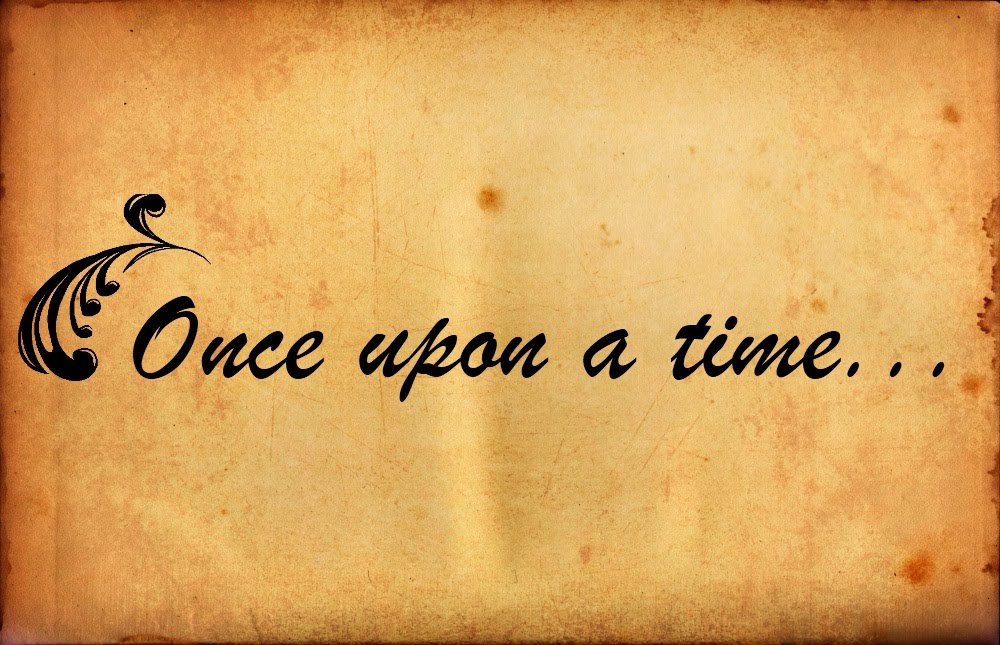Once upon a time, in a magical kingdom far away, there lived…
Anthropologists believe that storytelling is important to human existence. We use stories to make sense of our world, find meaning, and share understanding. Fairy tales teach values, ethics, social and cultural norms, and differences in an inspiring and captivating manner. Listeners learn how to imagine, problem-solve, identify with others, and practice respectful listening.
Fairy tales have three main components: a setup of the hero or heroine, a challenge, and a resolution. This format provides a simple framework for relating moral values such as bravery, courtesy, and valor. Because fairy tales often exaggerate consequences to make a point, characters are clearly portrayed as either good or evil. The good characters typically experience great suffering and are victims of transgression or injustice. Hansel and Gretel depicts how virtue, faith, and courage can empower and lead to great rewards. The evil witch is genuinely wicked and wishes to destroy the good. This fictional representation is true to life. In the end, the witchy transgressor is severely punished for her misdeeds, and there is justice, which children so desperately crave. This is an essential idea to illustrate because there will be times when our children will experience suffering. They may never see justice, but through fairy tales, they can envision an ultimate outcome whereby some wonderful power will make all things right. For a Christian, that wonderful power is more than an unknown force; He is our personal Savior.
As Hansel says, “Be comforted, dear little sister, and sleep in peace, God will not forsake us.”
Children learn to stand up for themselves through the dark tale of Hansel and Gretel. They understand that suffering, courage, determination, and salvation are critical elements of our immortal existence. Acts of violence and evil will surround us, but the repeated acts of bravery, chivalry, courage, and kindness thwart the dark forces of life.
Children must understand that they cannot defeat everything because they can’t, and not every ending is delightful and happily-ever-after. Life is challenging, for some more than others, but there are ways to survive and thrive. This truth holds for fairy tales, but even more so for the biblical narratives because the God of heaven is involved in the affairs of earth. Fairy tales mirror points in Scripture that illustrate human limitation, weakness, and need for outside help. The stories of Little Red Riding Hood and Adam and Eve provide examples of how Satan tries to deceive through lies and trickery. We see unwavering perseverance in The Tortoise and the Hare and in the account of Noah and the Ark. The Tale of Despereaux the Mouse and Joseph’s story in Genesis introduce children to characters who are cast out and despised yet remain brave and able to understand others.
Hans Christian Anderson said, “Every person’s life is a fairytale written by God’s fingers.”
Next week, I’ll share four steps you can use to inspire children to internalize the messages that they are strong, capable, and that God’s fingers did indeed create them, and God’s love does indeed save them.
Until next week!

